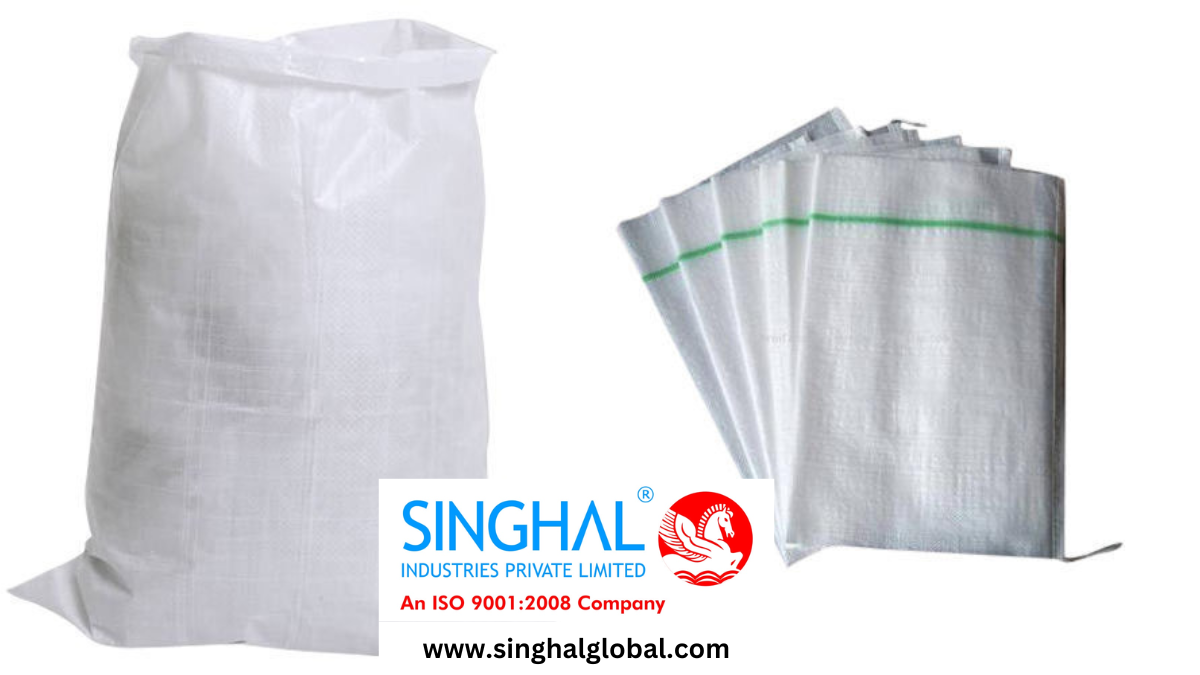Understanding HDPE Bags: Applications, Benefits, and Key Considerations

High-density polyethylene (HDPE) bags are a popular choice for various packaging and storage needs due to their durability, strength, and versatility. These bags are commonly used across multiple industries, from agriculture to retail, and are valued for their resistance to environmental factors and ease of use. This article explores the features and applications of HDPE bags, highlights the role of plastic sack suppliers and manufacturers, and provides guidance on choosing the right products for your needs.
What Are HDPE Bags?
High-density polyethylene (HDPE) bags are made from a type of plastic known for its high strength-to-density ratio. HDPE is a polymer produced through the polymerization of ethylene gas, and it is known for its rigidity, durability, and resistance to impact and chemicals. HDPE bags are used in a wide range of applications due to these beneficial properties.
Key Features of HDPE Bags:
- Strength and Durability: HDPE bags are known for their strength and durability, making them suitable for carrying heavy items and withstanding rough handling.
- Chemical Resistance: These bags are resistant to many chemicals, including acids and alkalis, which makes them ideal for use in various industrial applications.
- Moisture Barrier: HDPE provides a good barrier to moisture, helping to keep contents dry and protected from environmental factors.
- Cost-Effectiveness: HDPE bags are relatively inexpensive to produce and purchase, making them a cost-effective choice for many applications.
Applications of HDPE Bags
1. Packaging and Storage
HDPE bags are commonly used for packaging and storing a variety of products. They are frequently used in the retail sector for carrying groceries and other items due to their strength and durability. In industrial settings, HDPE bags are used to package raw materials, finished products, and components.
2. Agriculture
In agriculture, HDPE bags are utilized for storing and transporting grains, seeds, and other agricultural products. Their resistance to moisture and chemicals makes them ideal for protecting agricultural products during storage and transit.
3. Waste Management
HDPE bags are used in waste management for disposing of solid waste and recycling materials. Their strength and resistance to tearing make them suitable for handling heavy or sharp objects commonly found in waste streams.
4. Construction
In the construction industry, HDPE bags are used for packaging construction materials such as cement, sand, and gravel. Their durability ensures that the materials remain intact and are protected from contamination during handling and transportation.
Choosing Plastic Sack Suppliers and Manufacturers
When selecting Plastic sack suppliers and plastic sack manufacturers, several factors should be considered to ensure you receive high-quality HDPE bags that meet your requirements:
1. Product Quality
Ensure that the HDPE bags offered by the suppliers and manufacturers are of high quality. Check for certifications and standards that indicate the bags meet industry requirements for strength, durability, and safety.
2. Customization Options
Many Plastic sack manufacturers offer customization options for HDPE bags, including different sizes, thicknesses, and colors. Consider working with suppliers who can provide tailored solutions to meet your specific needs.
3. Supplier Reputation
Choose suppliers with a strong reputation for reliability and customer service. Look for reviews and testimonials from other customers to gauge the supplier’s performance and quality of products.
4. Pricing and Availability
Compare prices from different suppliers to find a cost-effective solution. Consider bulk discounts and availability to ensure timely delivery for your needs. Be aware of any additional costs for customization or special requirements.
Frequently Asked Questions
1. What are the benefits of using HDPE bags?
HDPE bags offer several benefits, including high strength and durability, resistance to chemicals and moisture, and cost-effectiveness. They are versatile and suitable for a wide range of applications, from packaging and storage to waste management and agriculture.
2. How do HDPE bags compare to other types of plastic bags?
Compared to other plastic bags, HDPE bags are known for their rigidity and strength. They are more resistant to tearing and puncturing than low-density polyethylene (LDPE) bags. While LDPE bags are more flexible and used for lightweight applications, HDPE bags are better suited for heavier and more demanding tasks.
3. Can HDPE bags be recycled?
Yes, HDPE bags can be recycled. Many recycling programs accept HDPE plastic, and it is often reprocessed into products such as plastic lumber, piping, and other industrial products. Proper disposal and recycling of HDPE bags contribute to environmental sustainability.
Summary
High-density polyethylene (HDPE) bags are a versatile and durable choice for a wide range of applications, including packaging, storage, waste management, and agriculture. Their strength, chemical resistance, and moisture barrier properties make them ideal for handling various types of products and materials. When selecting plastic sack suppliers and plastic sack manufacturers, consider factors such as product quality, customization options, supplier reputation, and pricing to ensure you receive the best products for your needs. By understanding the benefits and applications of HDPE bags, you can make informed decisions and effectively meet your packaging and storage requirements
- Art
- Causes
- Crafts
- Dance
- Drinks
- Film
- Fitness
- Food
- Oyunlar
- Gardening
- Health
- Home
- Literature
- Music
- Networking
- Other
- Party
- Religion
- Shopping
- Sports
- Theater
- Wellness
- IT, Cloud, Software and Technology


